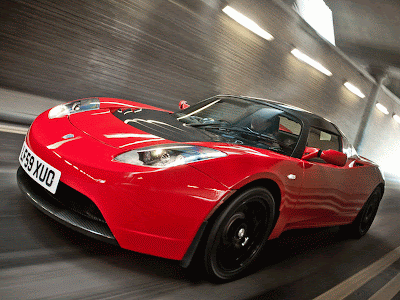The car adopted a long-hood/short-deck profile with a high rear-quarter "kick-up. While all 1967 Chevelle models rode a 115-inch (2,900 mm) wheelbase, the 1968 coupes and convertibles now rode a sporty 112-inch (2,800 mm) wheelbase. The sedans and wagons turned to a 116-inch (2,900 mm) span. Tread width grew an inch front and rear. Hardtop coupes featured a semi-fastback, flowing roofline. Top-trim models (including the SS 396 and new luxury Concours) featured GM's new Hide-A-Way wiper system. Lesser Chevelles would get that change later. The Super Sport (SS396 sport coupe, convertible, and El Camino pickup) became series on its own. Chevrolet produced 60,499 SS 396 sport coupes,2,286 convertibles, and 5,190 El Caminos; 1968 was the only year the El Camino body style would get its own SS396 series designation (13880).
The SS 396 sport coupe started at $2,899 - or $236 more than a comparable Malibu with its 307-cubic-inch V8. All-vinyl bucket seats and a console were optional. Three luxury Concours options became available in March of 1968 for the 4-door sedan, the 4-door sport sedan and consisted of special sound insulation, and a deep-padded instrument panel with simulated woodgrain accents and all-vinyl color-keyed interiors. These Concours options (ZK5, ZK6, and ZK7) should not be confused with the two Concours station wagons. Also new for 1968 was the elimination of the term "sedan" for the 2-door pillar body style. This was now called a coupe (or pillar coupe) while the 2-door hardtop remained a sport coupe. These coupe/sport coupe designations would continue into 1969 as well. The Concours Estate Wagon was one of four distinct Chevelle wagon models.
The Chevelle lineup slimmed down to Nomad, 300 Deluxe/Greenbrier, Malibu/Concours, and Concours Estate series, the base 300 series was history. No longer a series of its own, the SS 396 turned into a $347.60 option package for any two-door model. That meant not just a convertible, sport coupe, or pickup, but even the pillared coupe and sport coupe in the lower-rent 300 Deluxe series (except the base 300 Deluxe El Camino pickup). AFewer 300 Deluxe SS396-optioned 300 Deluxe coupes and sport coupes were built than their Malibu counterparts and they are solid gold for collectors. The Super Sport option included a 325-horsepower 396-cubic-inch V8 beneath a double-domed hood, along with a black-out grille displaying an SS emblem and a black rear panel. More potent editions of the 396 engine also made the options list, developing 350 or 375 horsepower (280 kW). A few hundred Chevelles even managed to acquire a 427-cubic-inch V8, ordinarily installed only in full-size models. Chevelle station wagons came in three levels: Concours, Nomad, and Greenbrier—the last a badge formerly used on the Corvair van. A new dual-action tailgate operated either in the traditional manner or as a panel-type door.
 Chevelle ss 1970
Chevelle ss 1970 Chevelle ss 1970
Chevelle ss 1970 Chevelle ss 1970
Chevelle ss 1970 Chevelle ss 1970
Chevelle ss 1970 Chevelle ss 1970
Chevelle ss 1970 Chevelle ss 1970
Chevelle ss 1970 Chevelle ss 1970
Chevelle ss 1970 Chevelle ss 1970
Chevelle ss 1970
















 world famous and fast Hummer cars pics and wallpapers
world famous and fast Hummer cars pics and wallpapers 




